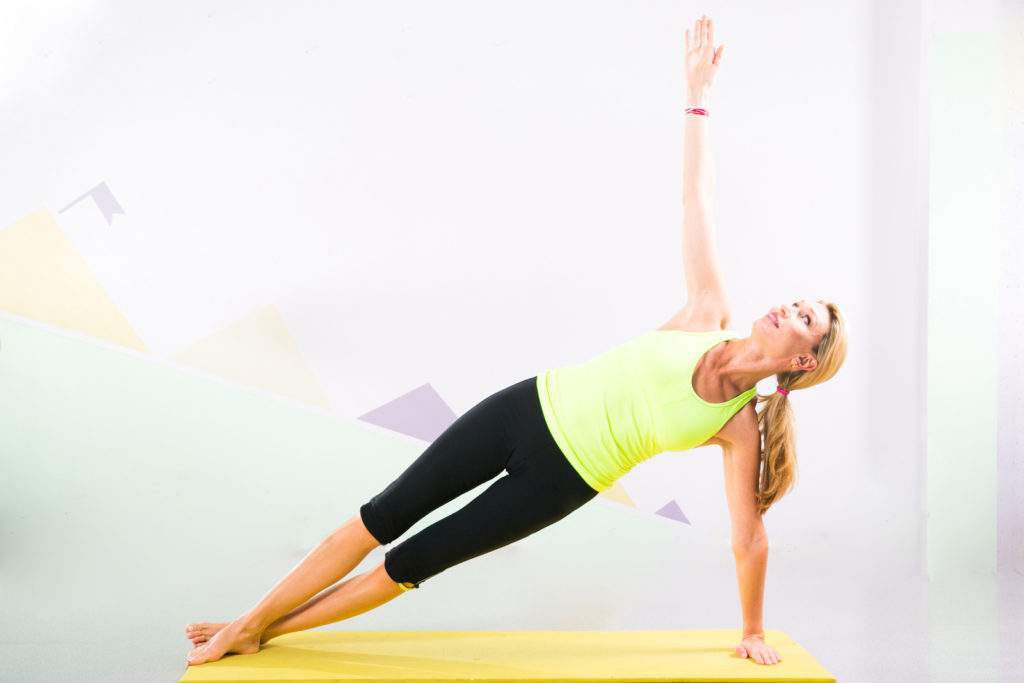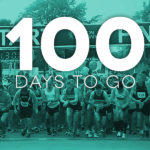Running injuries typically don’t involve any broken bones or blood or even bruising; they’re nagging pains or discomfort that can make running torturous and put a major road block on our marathon training journeys. As with most things, preventing running injuries is always better than looking for a cure. So how exactly do you avoid running injuries?

In the previous Lion Foundation Rotorua Marathon Blog I spoke about building a habit around your running. But that’s not the only thing you should be focusing on at this stage of your race build up. You also want to be implementing injury prevention measures so you don’t spend more time on the physio table than you do pounding the pavements. So here are my top three tricks for keeping the runner’s body happy and healthy:
1) Foam Roll
It’s cheaper than a massage and you can do it practically anywhere. Although it isn’t as effective as having an experienced sports masseuse digging their elbows into your fibres, the convenience of foam rolling means you can iron out those knots and tight areas whenever and wherever.
I prefer to use a very firm foam roller so that I can have wider range of pressures to call upon (adjust the pressure by adjusting the amount of your own body weight you have rested on the roller). And I typically start with gluteus and then work down the back of each leg at a time, via hammies and calves, and then back up via shins and quads and IT band. Then do the other leg.
Begin with one mild-moderate pressure sweep of both legs and then go back to target problem areas with greater pressure. Also, try foam rolling up and down and laterally (side to side) and also stationary (adjusting pressure with body weight and also flexing and extending nearby joints e.g. flexing knee when rolling quads).
2) Get Rock Hard Abs and Buns of Steel
It sounds more like an infomercial than running advice, but a strong core will make you a more stable and resilient runner. The key areas to focus on are your lower back, gluteus (especially glute max and glute med), hamstrings, abdominals and obliques.
And you don’t need an expensive gym membership to make this happen. In fact, a 10-minute at-home workout that you know you can squeeze in 3-5 times per week is going to be far more effective than great intentions of starting a gym strength and conditioning programme.
Here are some video workouts to get you started and some exercises to do at home:
- Squats*
- Clam shells
- Deadlifts*
- Lunges
- Bridges
- Planks (side and prone)
- Supermans
- Hollows
*Be sure to have a PT guide you through these.
Remember, a little bit of core and strength work goes a long way!
3) Active Recovery
Fitness comes from two things: 1) training stress and 2) rest. It’s often number two that we forget about. So I encourage runners to be very active in the way they approach their recovery and rest. Here are some ideas:
- Get plenty of sleep (and don’t underestimate the benefit of a quick afternoon power nap if you can squeeze it in);
- Use walking or easy cycling or swimming to flush the legs out the day after a hard run;
- Use tools like compression stockings, ice baths, hot baths and lying with your feet up to promote recovery after big days.
So treat your body kindly by setting up some preventative measures at the top of the cliff. Don’t just rely on the physio to piece you back together when the running miles catch up on you.
Happy running.
This is a series of blogs all about getting you trained up and raring to go for the 2017 Lion Foundation Rotorua Marathon (or half or quarter).
Grab a fully personalised and tailored training plan to take you to your next race.



